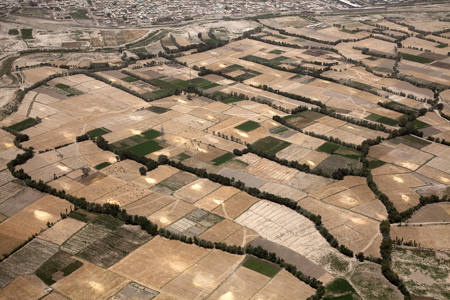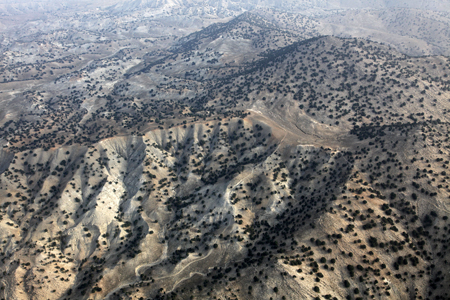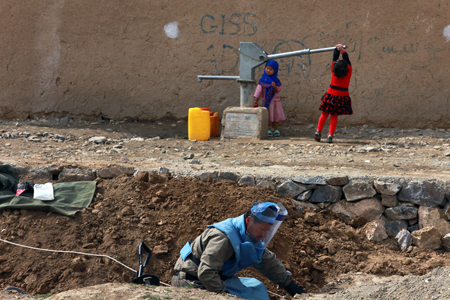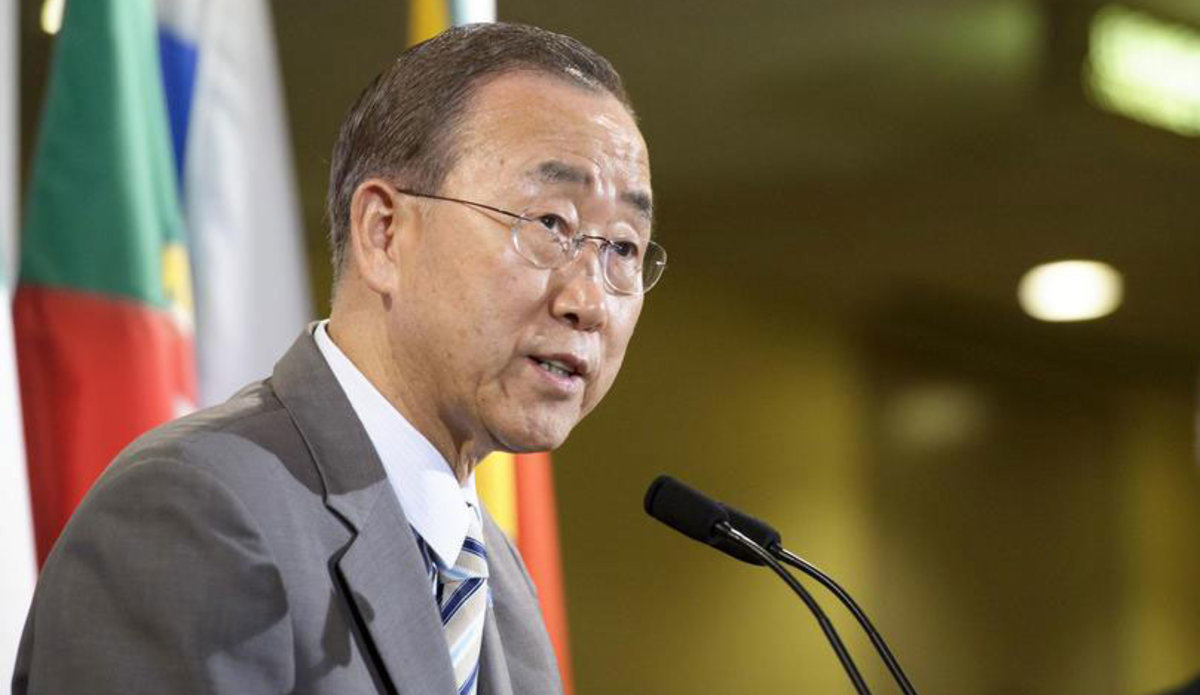UN chief highlights ‘critical importance’ of environment protection in times of conflict
NEW YORK - Highlighting the environmental dimension of sustainable development, United Nations Secretary-General Ban Ki-moon has expressed concern that natural resources continue to be exploited and degraded during armed conflict, threatening long-term peace and security.
“We stress the critical importance of protecting the environment in times of armed conflict and restoring the good governance of natural resources during post-conflict reconstruction,” said Mr. Ban in his message for the International Day for Preventing the Exploitation of the Environment in War and Armed Conflict, which is marked today.
The UN General Assembly declared 6 November as the International Day for Preventing the Exploitation of the Environment in War and Armed Conflict in 2001. It noted that action on the environment is part of conflict prevention, peacekeeping and peacebuilding strategies – “because there can be no durable peace if the natural resources that sustain livelihoods and ecosystems are destroyed.”
“Strengthening natural resource governance and improving monitoring in conflict-affected states can help prevent resources from fuelling conflict, direct much-needed revenue towards economic revitalization and contribute to more lasting peace,” Mr. Ban added in his message. “Conversely, failing to protect and manage these resources in an equitable way only exacerbates the vulnerability of those who depend on them the most, especially the poor.”

The Secretary-General’s concerns are shared by UN and government officials in Afghanistan, which has experienced conflict for over three decades. The conflict, compounded by years of drought and mismanagement of the environment, has caused devastation of natural resources in Afghanistan, in addition to widespread human suffering.
Two senior officials serving with the UN Assistance Mission in Afghanistan (UNAMA) – the Secretary-General’s Deputy Special Representatives in the country, Nicholas Haysom and Mark Bowden – wrote in a report released earlier this year that the years of violence and instability in Afghanistan have had a devastating impact on a number of areas, including the environment.
“Natural resources are the source of numerous fracture lines in Afghanistan and the wider region. The division of water at local and trans-boundary levels, disputes over land ownership, the regional drugs trade, and the illegal smuggling of high value timber already generate tension and conflict,” the officials noted in the UN report, ‘Natural Resource Management and Peacebuilding in Afghanistan.’
“Disputes over the management of natural resources such as land, water, timber, minerals and drugs, underlie and drive many of these conflicts, and often serve to exacerbate existing ethnic, political and regional divisions,” the UNAMA officials added in the report published by the UN Country Team (UNCT) in Afghanistan. UNCTs encompass all the entities of the UN system that carry out operational activities for development, emergency, recovery and transition in programme countries such as Afghanistan. They ensure inter-agency coordination and decision-making on UN activities at the country level.

An official at the National Environment Protection Agency (NEPA), Kazim Humayon, said that before Afghanistan’s civil war, three per cent of country’s territory had natural forests. However, during the conflict, half of the country’s forests were cut down by criminal groups as well as members of the public, a practice which continues today.
“Afghanistan’s agriculture land remained uncultivable during the civil war and many areas were planted with mines,” said Mr. Humayon. “Underground water got contaminated, native birds and animals left their areas or were hunted down.”
In his message for the Day, Secretary-General Ban also said the safe disposal of weapons of war was a “critical concern.”
Weapons disposal has been a major challenge for Afghanistan. Since 1989, the UN-supported Mine Action Programme of Afghanistan (MAPA) has cleared 21,174 minefields and battlefields, covering 1,834 square kilometres of land, through surveys and clearance operations.

Despite these achievements, Afghanistan still has nearly 5,000 areas, covering about 545 square kilometres of land, contaminated with mines and explosive remnants of war, directly affecting over 1.3 million people, MAPA stated in a report released last month.
 UN
UN







